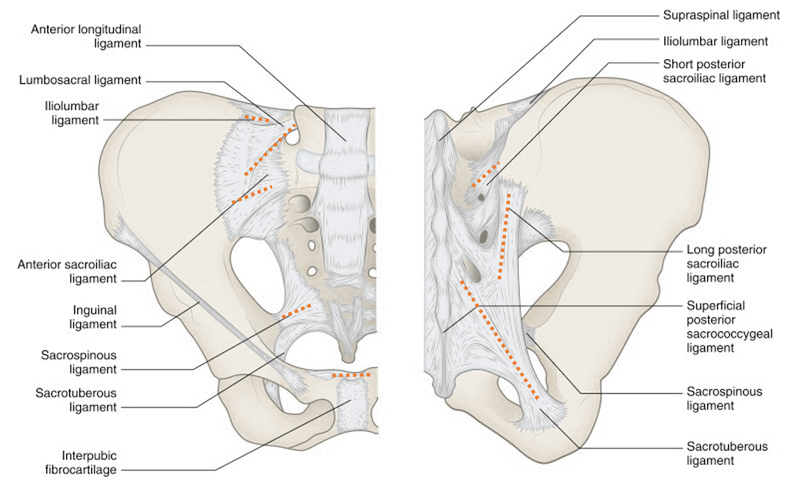Inherent stability of the pelvis is provided by ligaments. The 3 groups of ligaments are: 1. Sacrum to Pelvis: Sacroiliac ligamentous complex: is divided into posterior (short and long) and anterior ligaments. Posterior ligaments provide most of the stability. Sacrotuberous ligament: runs from the posterolateral aspect of the sacrum and the…
Tag: Musculoskeletal system

Heel Pad Avulsion Injuries
Special Anatomic Features of Heel Pad Heel pad form an almost fully contained cup-like structure consisting of skin overlying a shell of connective tissue within which fibrous septa ramify throughout the heel connecting the underlying periosteum of the calcaneus to the overlying reticular dermis, thereby anchoring skin to bone. Most…
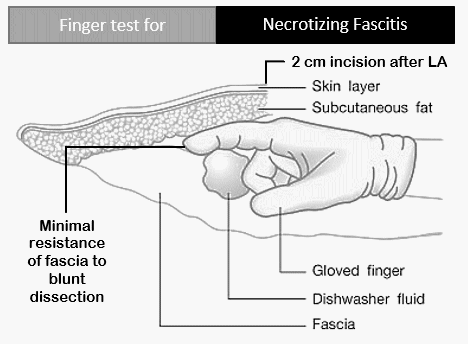
Differentiating Necrotizing Fasciitis from other soft tissue infections
Necrotizing fasciitis can be misdiagnosed in about 75% of the cases in the intial stage of the disease. The most consistent feature of early necrotizing fasciitis is the pain out of proportion to swelling or erythema. Other features helping to differentiate from other soft tissue infections are: Tenderness extending beyond…
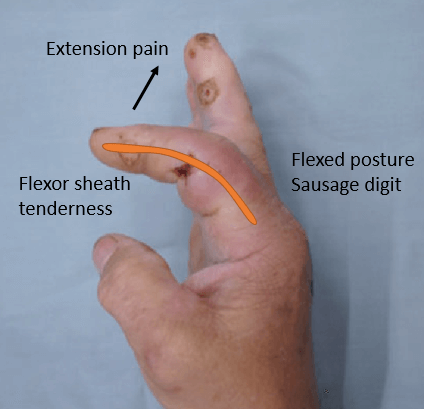
Kanavel Sign for Pyogenic Flexor Tenosynovitis
1. Exquisite tenderness over the course of the sheath, limited to the sheath Present in 64% cases Late sign of proximal extension of pyogenic tenosynovitis Most important sign as described by Kanavel 2. Flexion of the finger (‘hook’ sign) Present in 69% cases 3. Exquisite pain on extending the finger,…
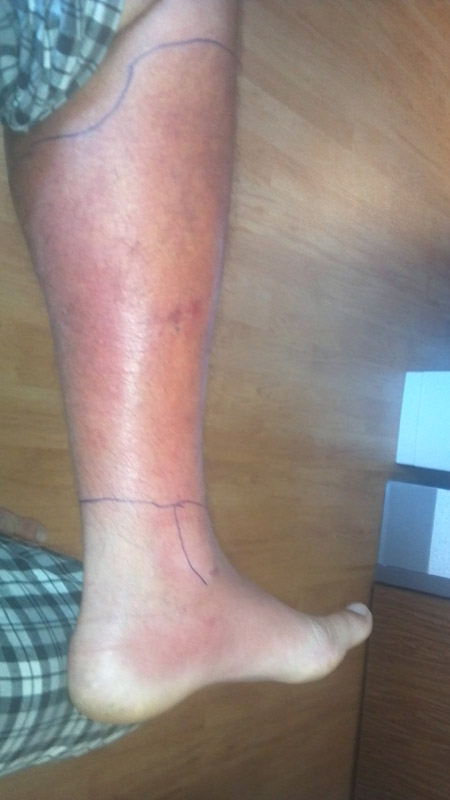
Cellulitis Assessment : Mnemonic
Cellulitis is a rapidly spreading acute inflammation with infection of skin and subcutaneous tissue that spreads widely through tissue spaces. It is commonly caused by either Streptococcus pyogenes or Staphylococcus aureus. Erysipelas is a superficial form of cellulitis involving lymphatics; it has a peau d’orange appearance and a sharp border. It characteristically appears on the face. Since,…
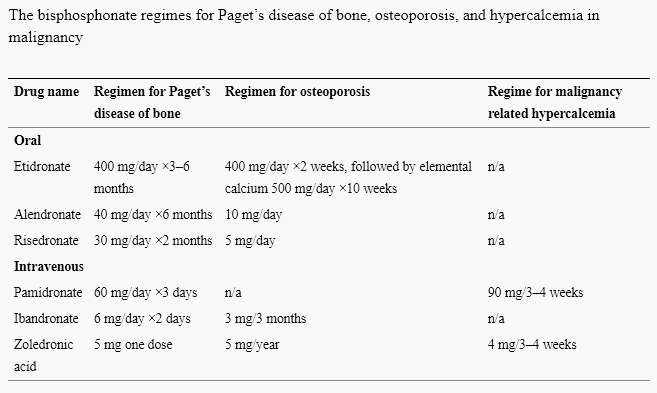
Bisphosphonate Pharmacology
Classification Non-nitrogen containing (1st generation): Etidronate Clodronate Tiludronate Nitrogen containing (2nd and 3rd generation): a. 2nd generation (alky-amino nitrogen containing): Pamidronate Alendronate Ibadronate Olpadronate b. 3rd generation (heterocyclic nitrogen containing): Risedronate Zoledronate Chemical structure Stable derivatives of inorganic pyrophosphate (PPi) Mechanism of action Strong attachment to hydroxyapatite mineral found in…
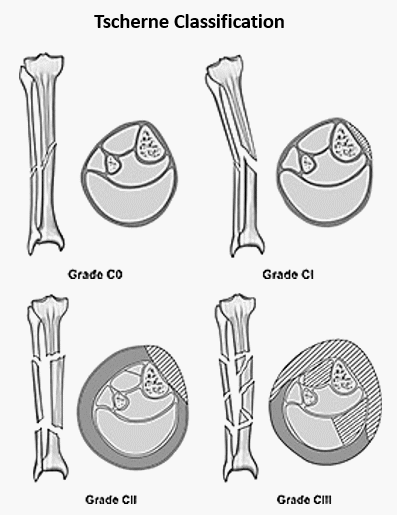
Oestern and Tscherne Classification for Closed fractures
The classification system for closed fractures is based on the physiologic concept that the energy imparted to the bone (and the resultant fracture pattern) directly correlates with the energy transferred to the surrounding soft tissues. Grade Soft tissue injury Fracture Compartment C0 Absent or Negligible Simple (Spiral) Soft and/or Normal…

Screw-home mechanism
Synonym: Knee-locking mechanism Definition: During the final degrees of knee extension (last 20-30 degrees), an obligatory lateral rotation of the tibia occurs, i.e. non-voluntary coupled movement of knee extension and external rotation. Mechanism: External rotation of tibia with reference to the femur or Internal rotation of femur with reference to…
